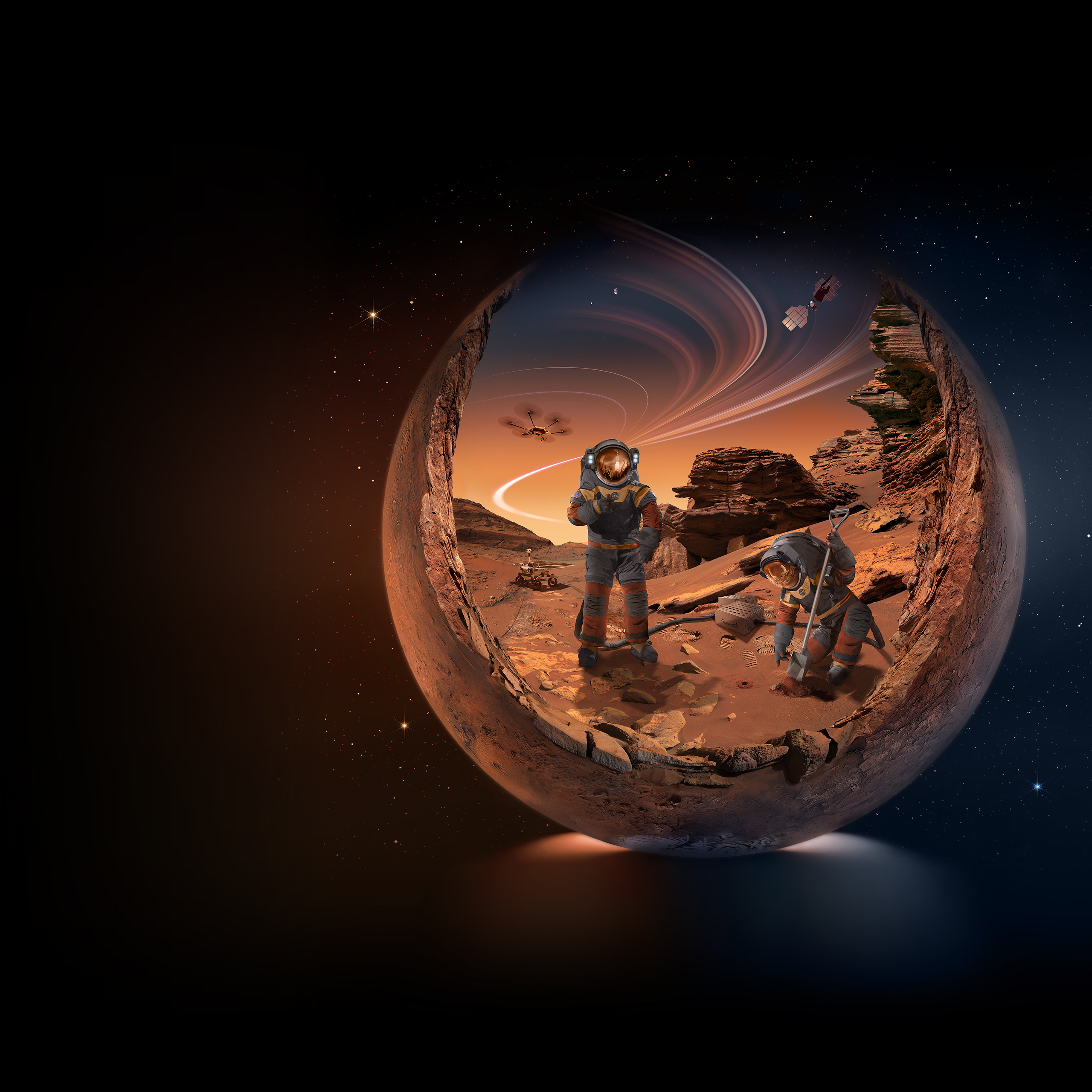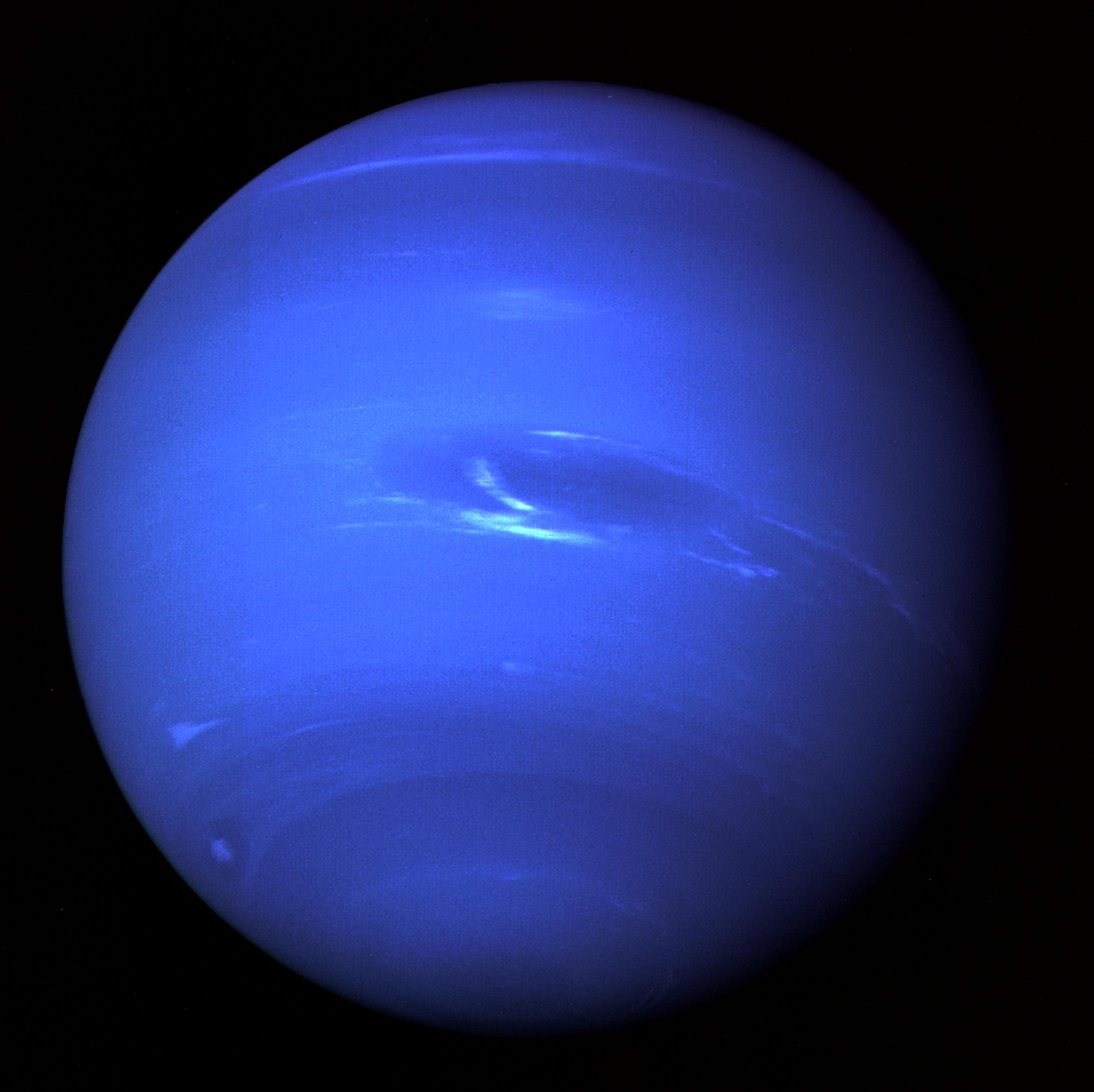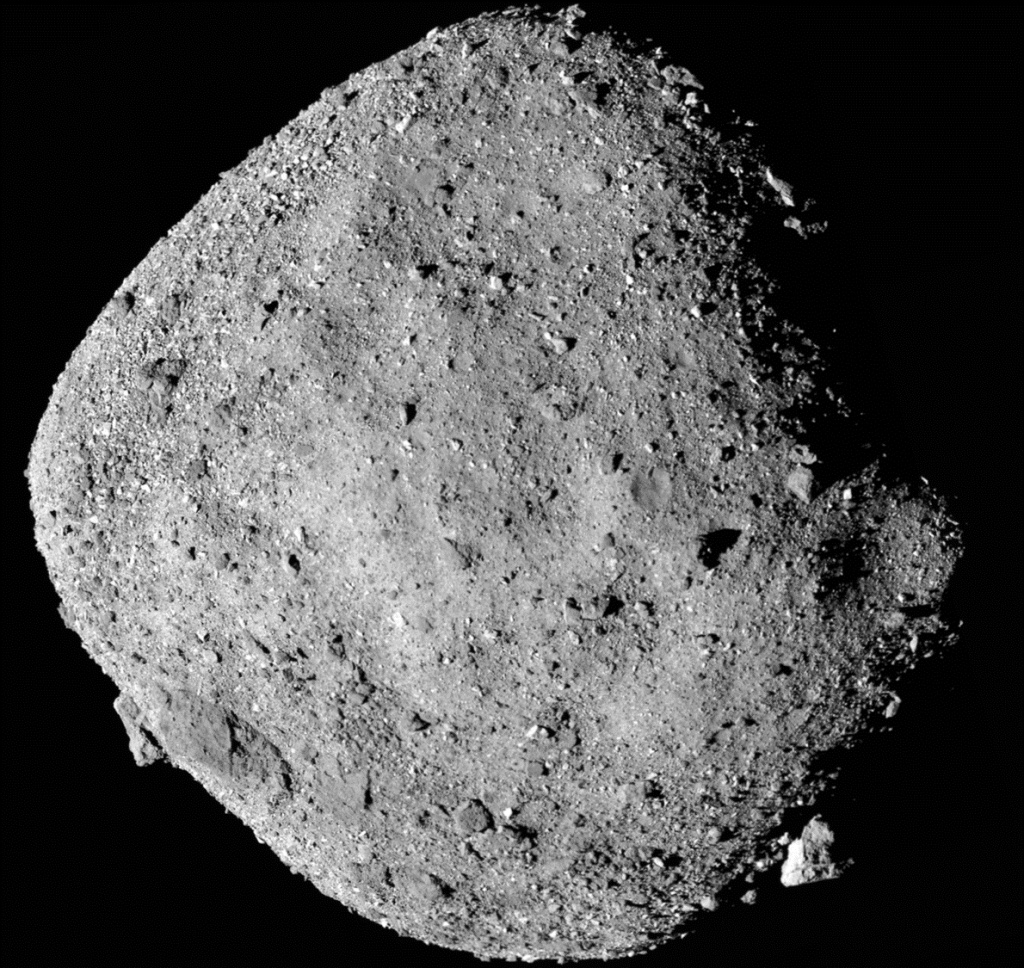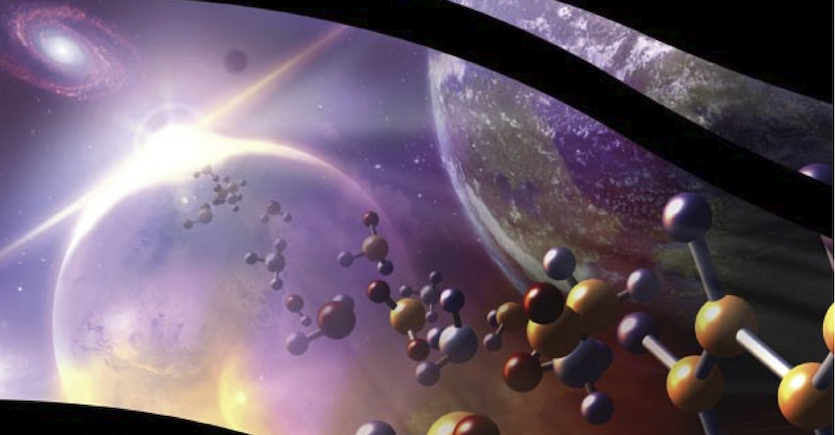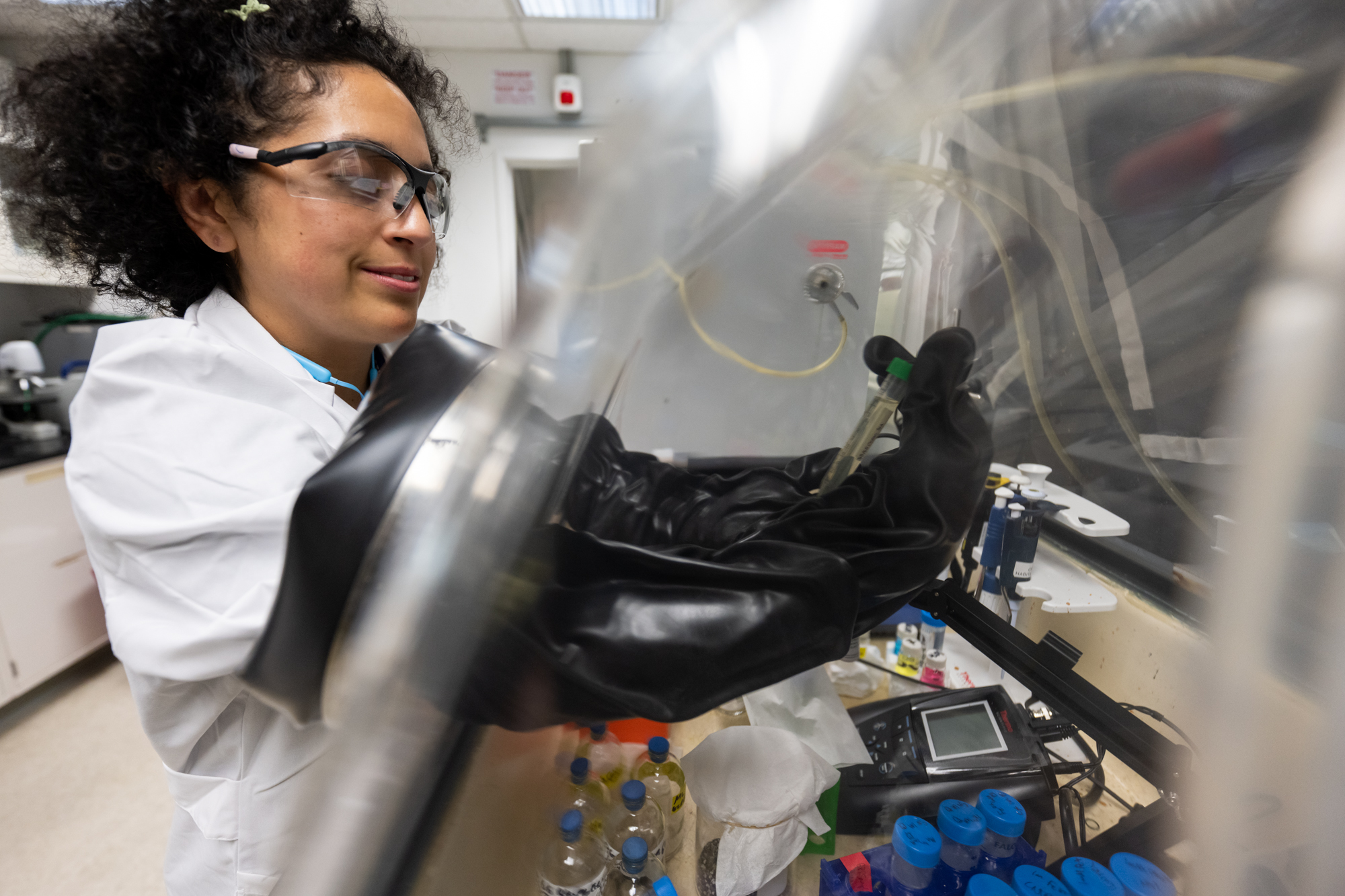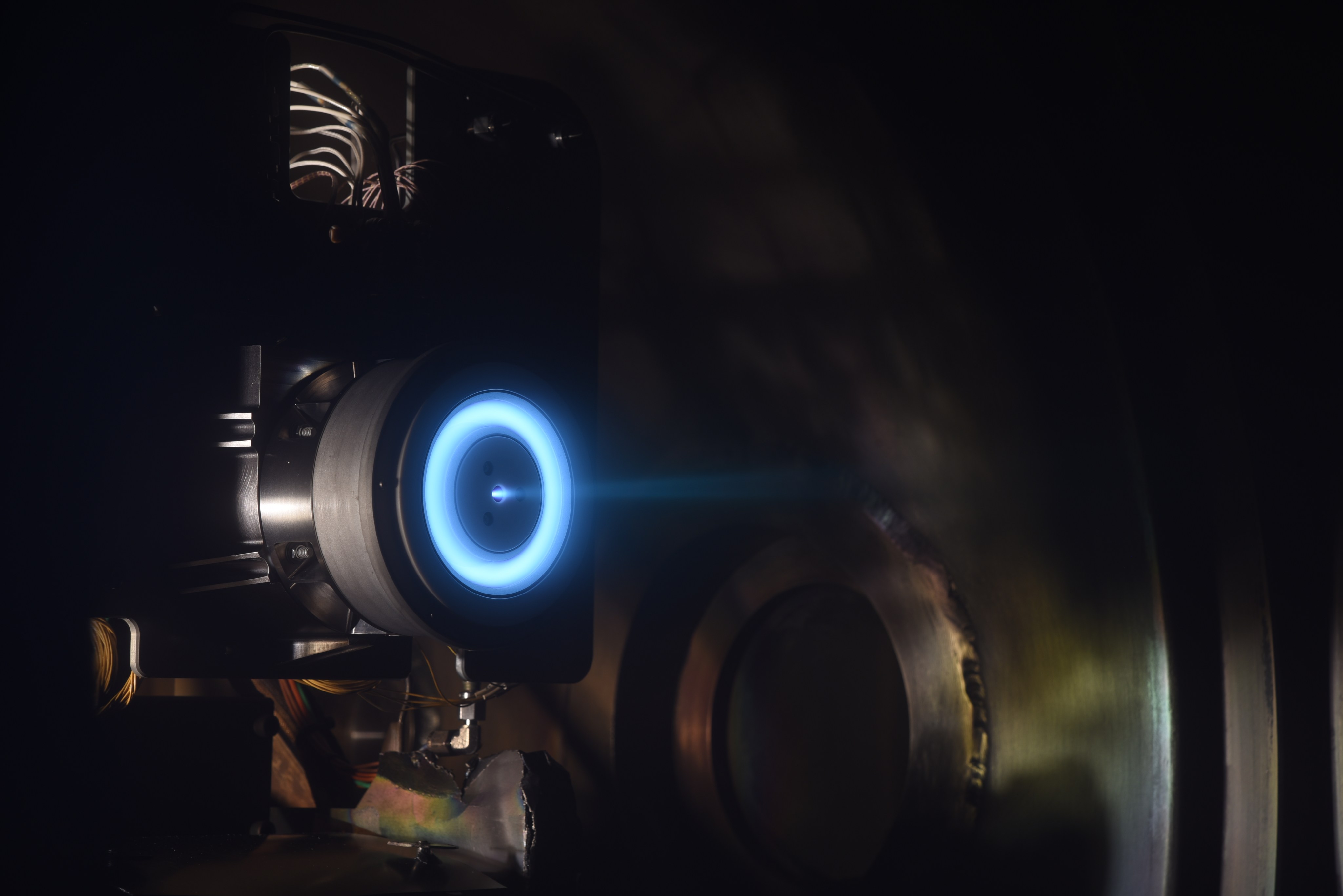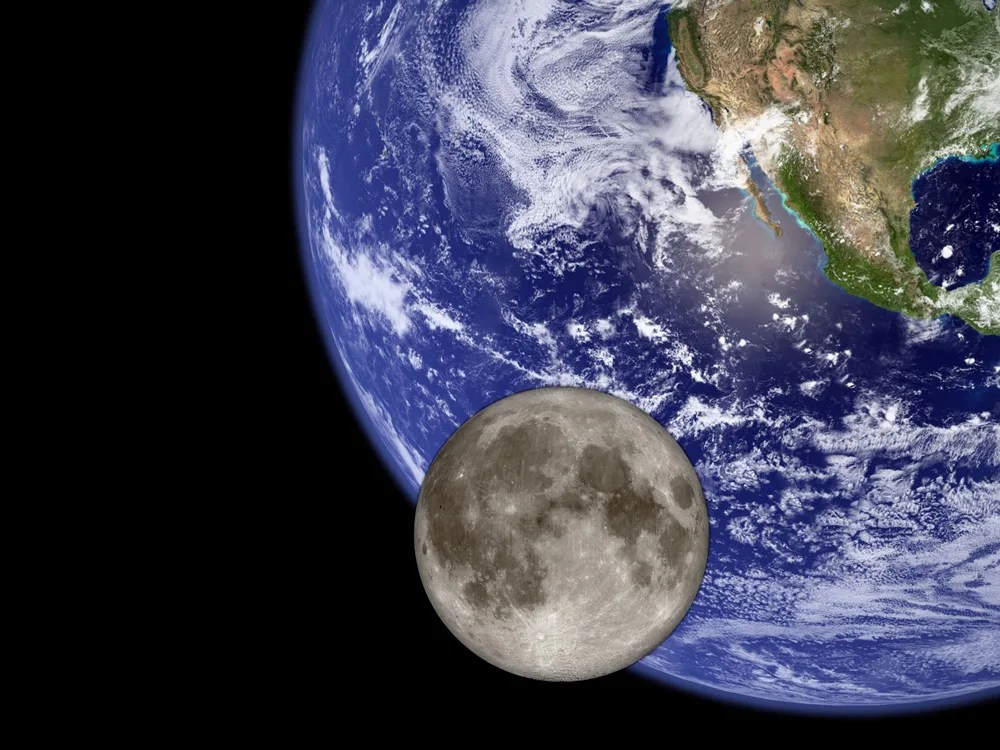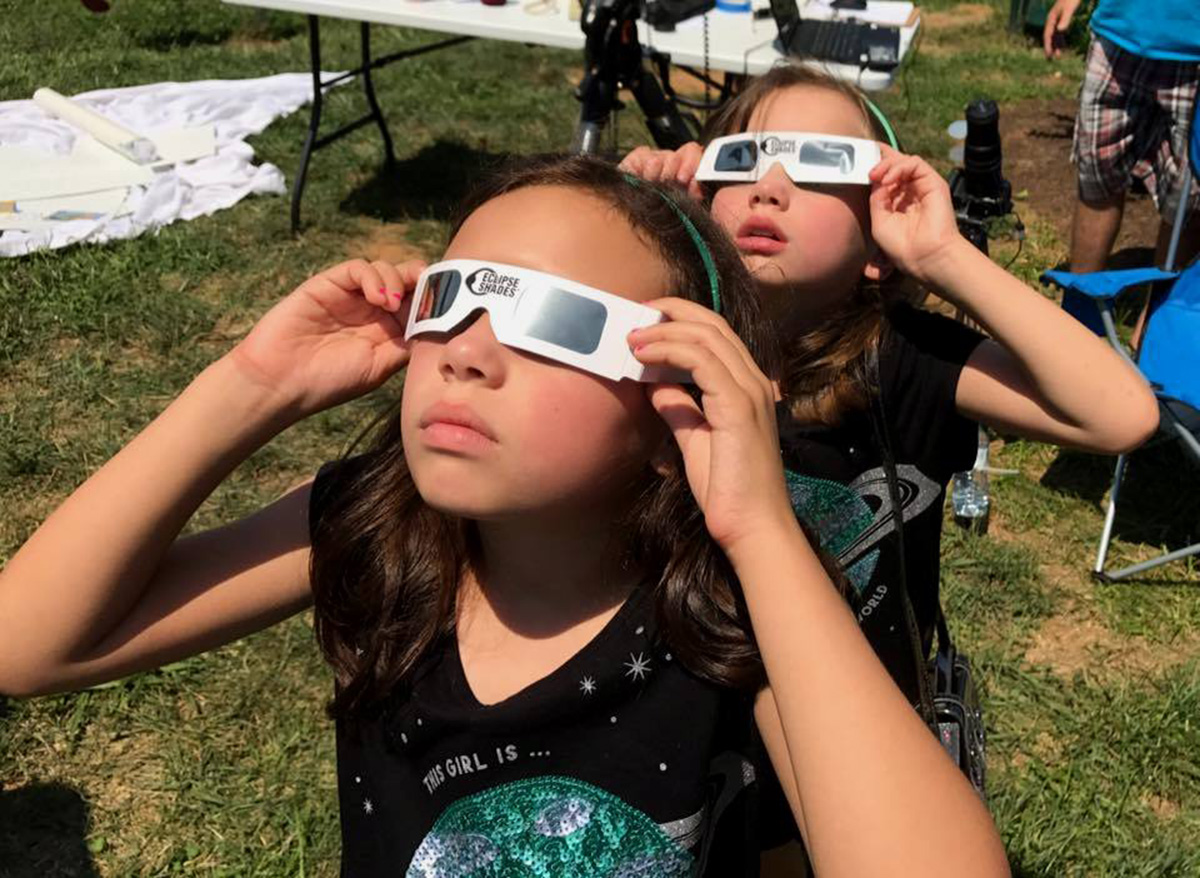Advancing Knowledge of Other Worlds
For decades, NASA’s planetary science program has advanced scientific understanding of our solar system in extraordinary ways, pushing the limits of spacecraft and robotic engineering design and operation.
NASA spacecraft have visited every planet and a variety of small bodies, and current and upcoming missions will bring back samples from exciting destinations, allowing detailed study and analysis back on Earth.
Using recommendations from the National Academies' Planetary Science and Astrobiology Decadal Survey 2023-2032 as our guide, NASA planetary science missions and research inform us about our solar system's origin and evolution, which will enable the expansion of humanity beyond Earth.
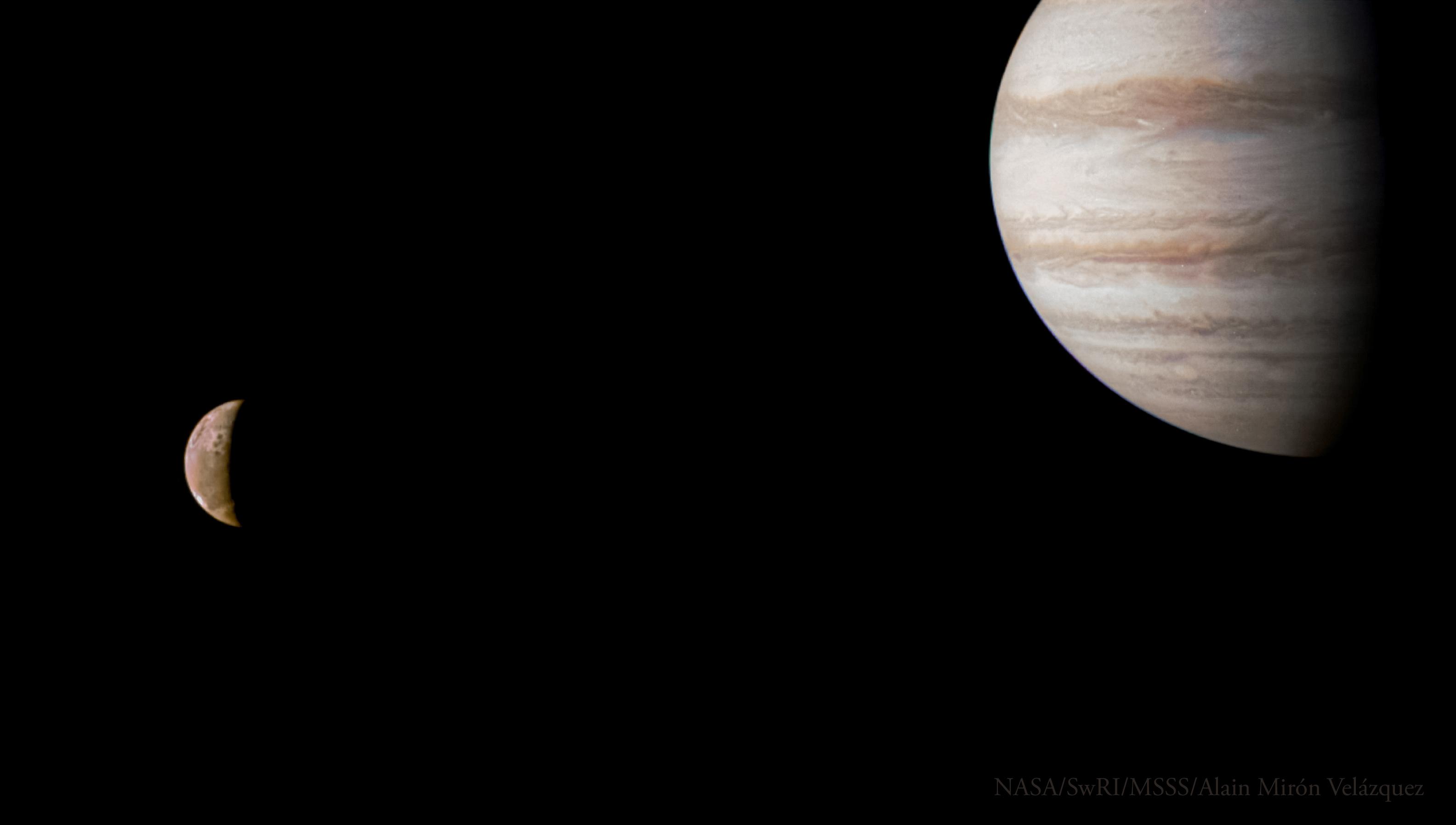
Planetary Science Happenings
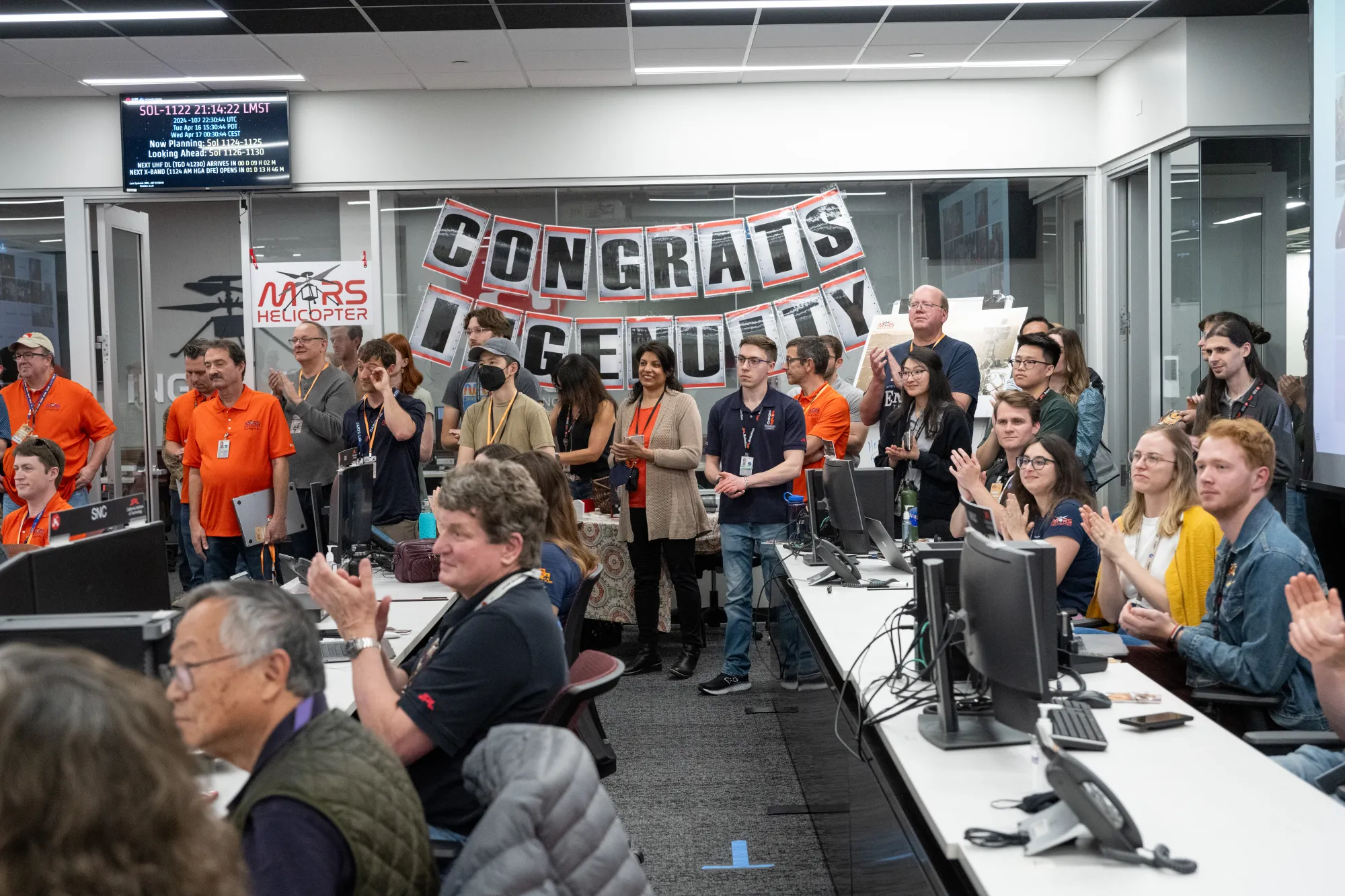
NASA’s Ingenuity Mars Helicopter Team Says Goodbye … for Now
The final downlink shift by the Ingenuity team was a time to reflect on a highly successful mission — and to prepare the first aircraft on another world for its new role as a stationary testbed collecting data for future missions.

NASA’s Dragonfly Rotorcraft Mission to Saturn’s Moon Titan Confirmed
NASA has confirmed its Dragonfly rotorcraft mission to Saturn’s organic-rich moon Titan. The decision allows the mission to progress to completion of final design, followed by the construction and testing of the entire spacecraft and science instruments.
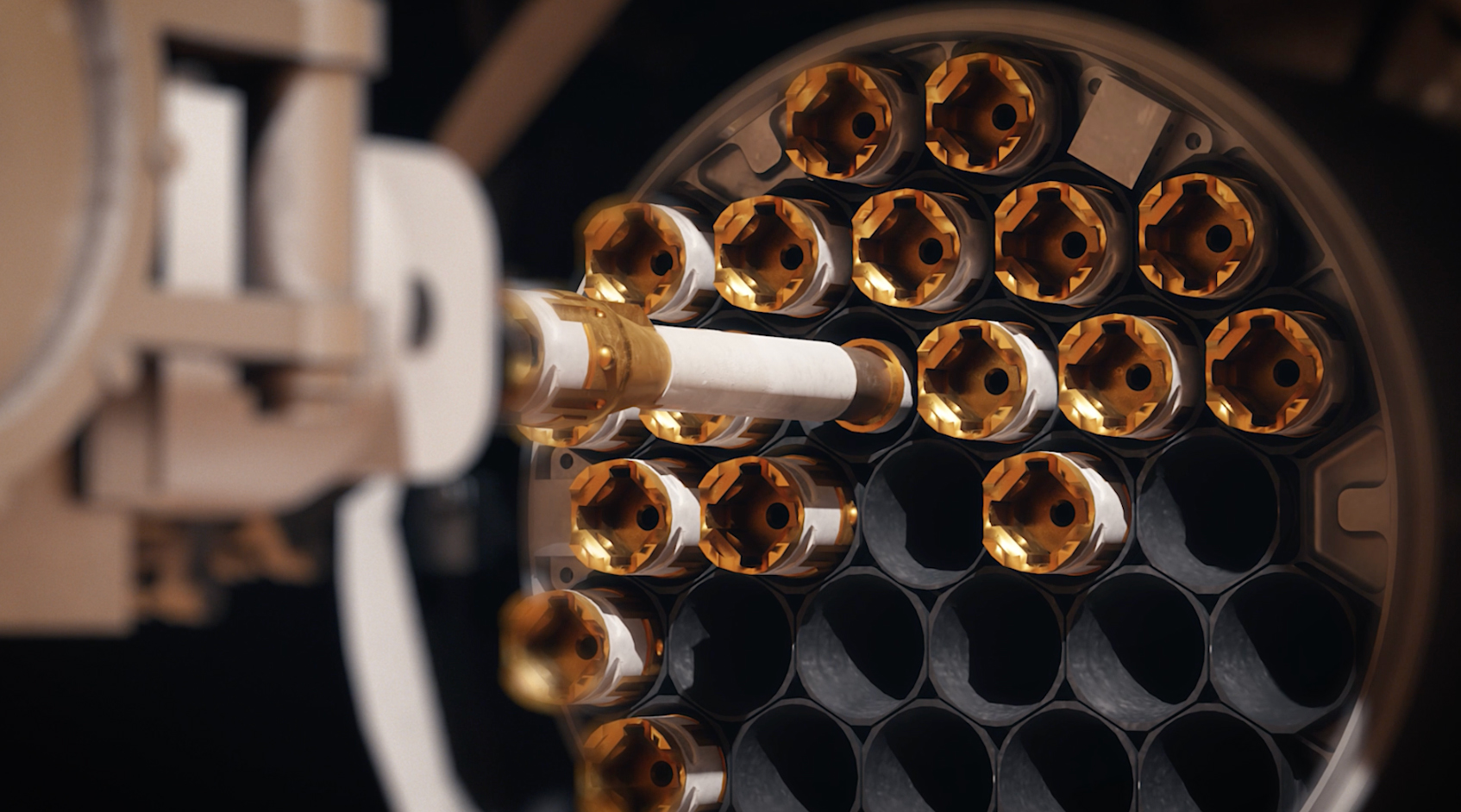
NASA Sets Path to Return Mars Samples, Seeks Innovative Designs
NASA Administrator Bill Nelson shared the agency’s path forward on the Mars Sample Return program, including seeking innovative designs to return valuable samples from Mars to Earth.

NASA’s LRO Observes 2024 Solar Eclipse Shadow
As the Moon blotted out the Sun to viewers across the United States during the April 8 solar eclipse, NASA’s Lunar Reconnaissance Orbiter (LRO) captured an image from some 223,000 miles away of the highly anticipated celestial event.
Our Solar System
Join NASA's planetary science team as we explore our planetary neighborhood: The Sun, planets, moons, and millions of asteroids, and comets.
Learn More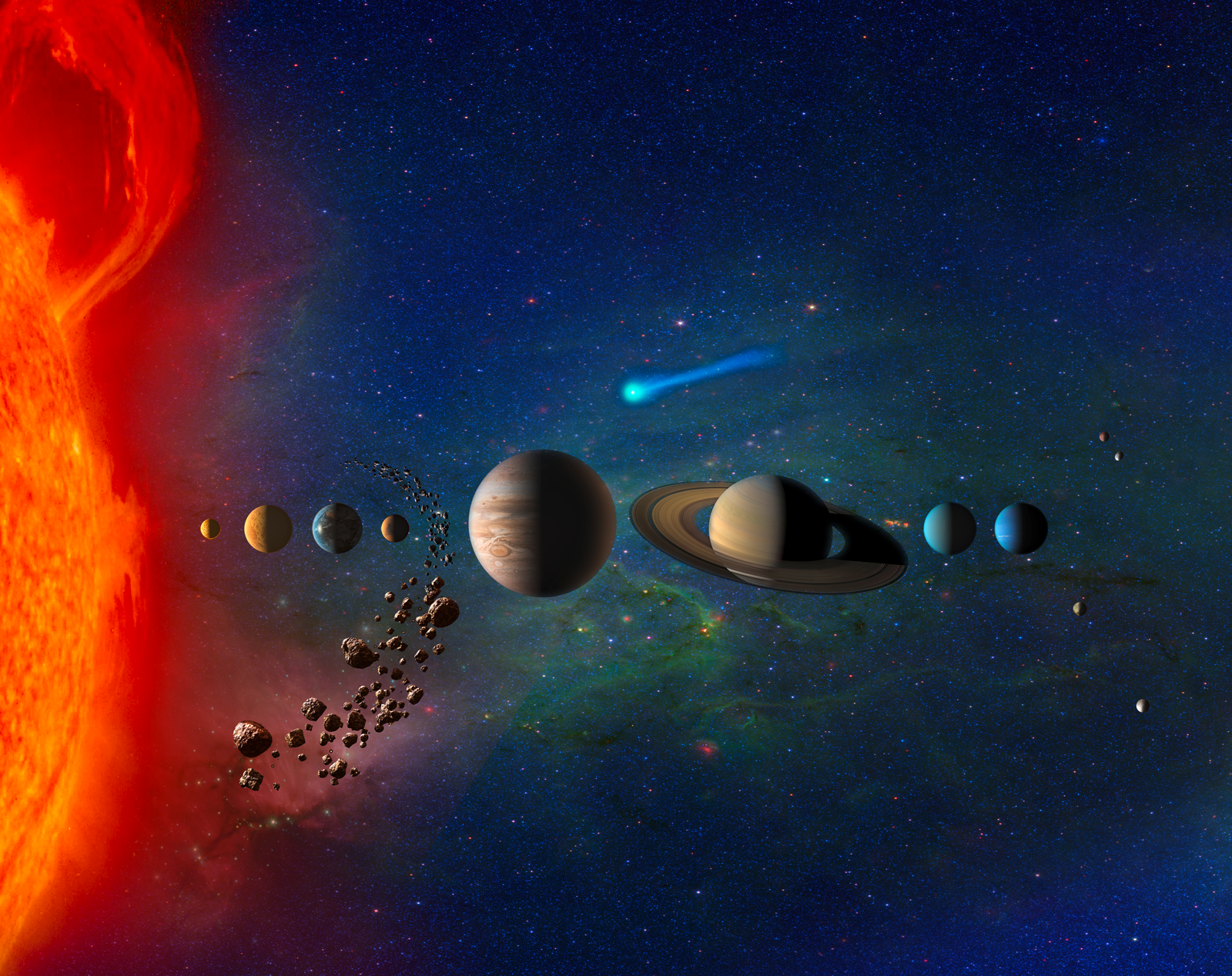
Discover more
Planetary Science Missions
NASA’s robotic explorers gather data to help scientists understand how the planets formed, what triggered different evolutionary paths among planets, what processes have occurred and are active, and how Earth among the planets became habitable.
In searching for evidence of life beyond Earth, scientists use these data to map zones of habitability, studying the chemistry of unfamiliar worlds, and unveiling the processes that lead to conditions necessary for life. With this knowledge, NASA is enabling safe and effective human missions to destinations beyond low Earth orbit.
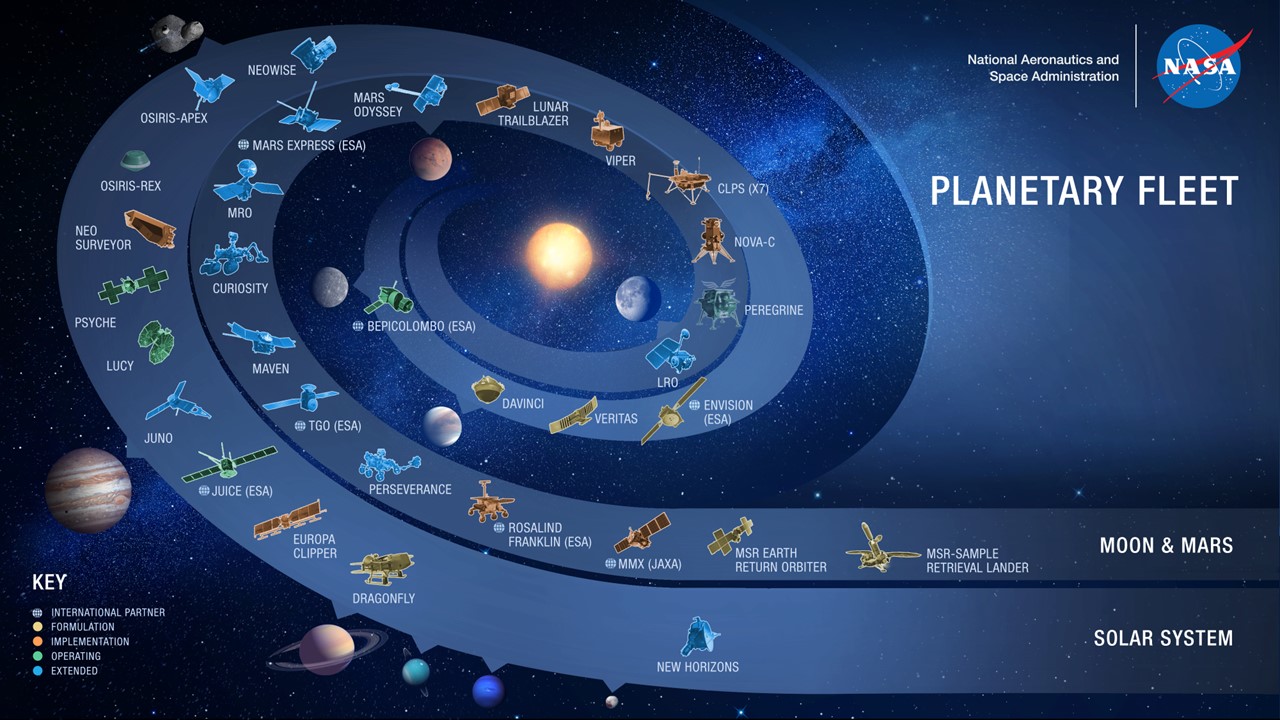
NASA missions continue to explore from the innermost planet, Mercury, to the outer reaches of the solar system, where Pluto orbits among many Kuiper Belt Objects. We have orbited and traversed the surface of Mars, finding evidence of liquid water and ancient habitable environments.
Closer to home, the Planetary Science Division uses Earth-orbiting telescopes and ground-based sensors in coordination with other organizations, including the National Science Foundation and the U.S. Air Force. These telescopes and sensors are used to survey space to detect, track, catalog, and characterize near-Earth objects (NEOs), which may pose hazards to Earth or provide destinations and resources for future exploration.
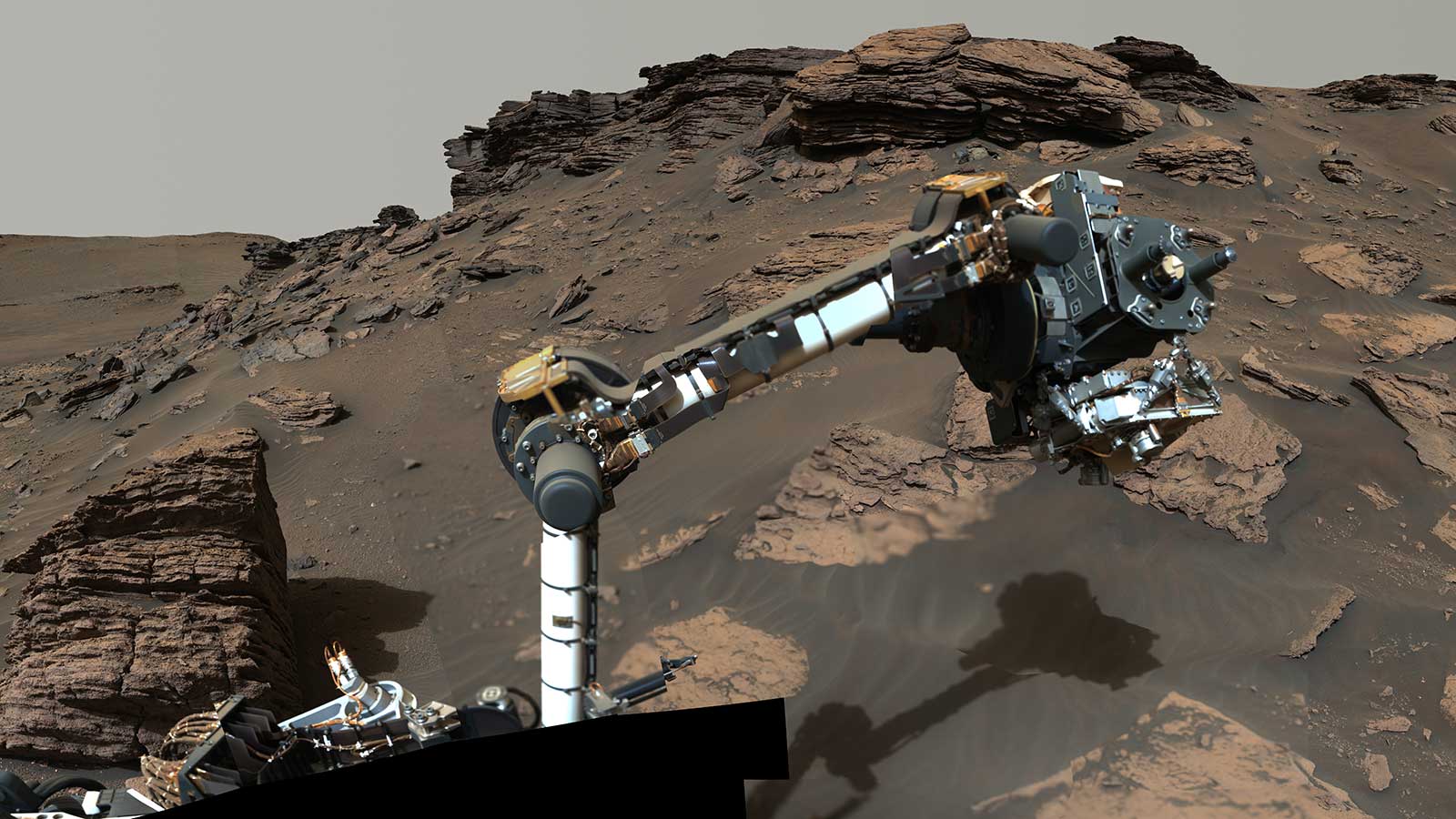
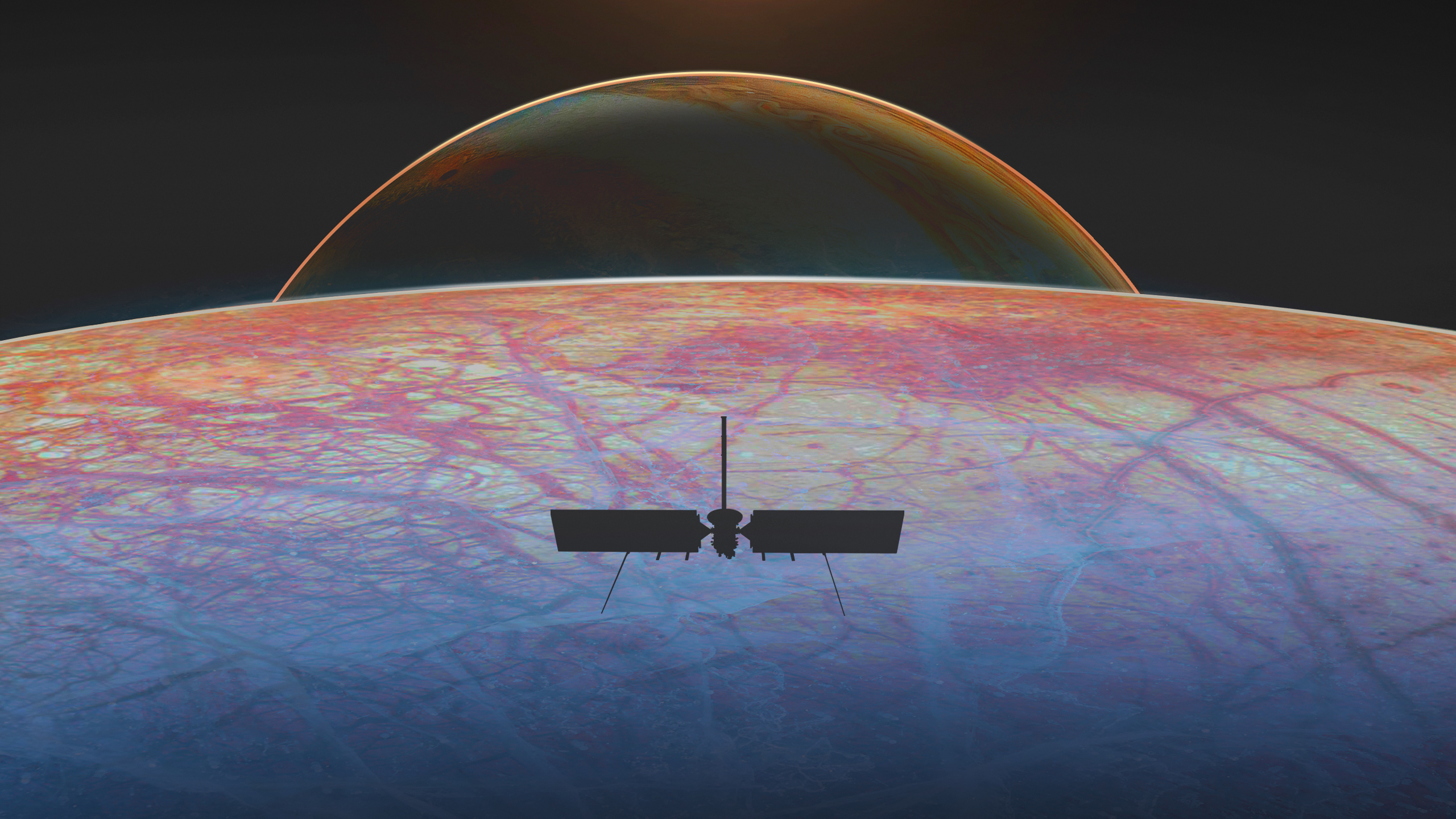
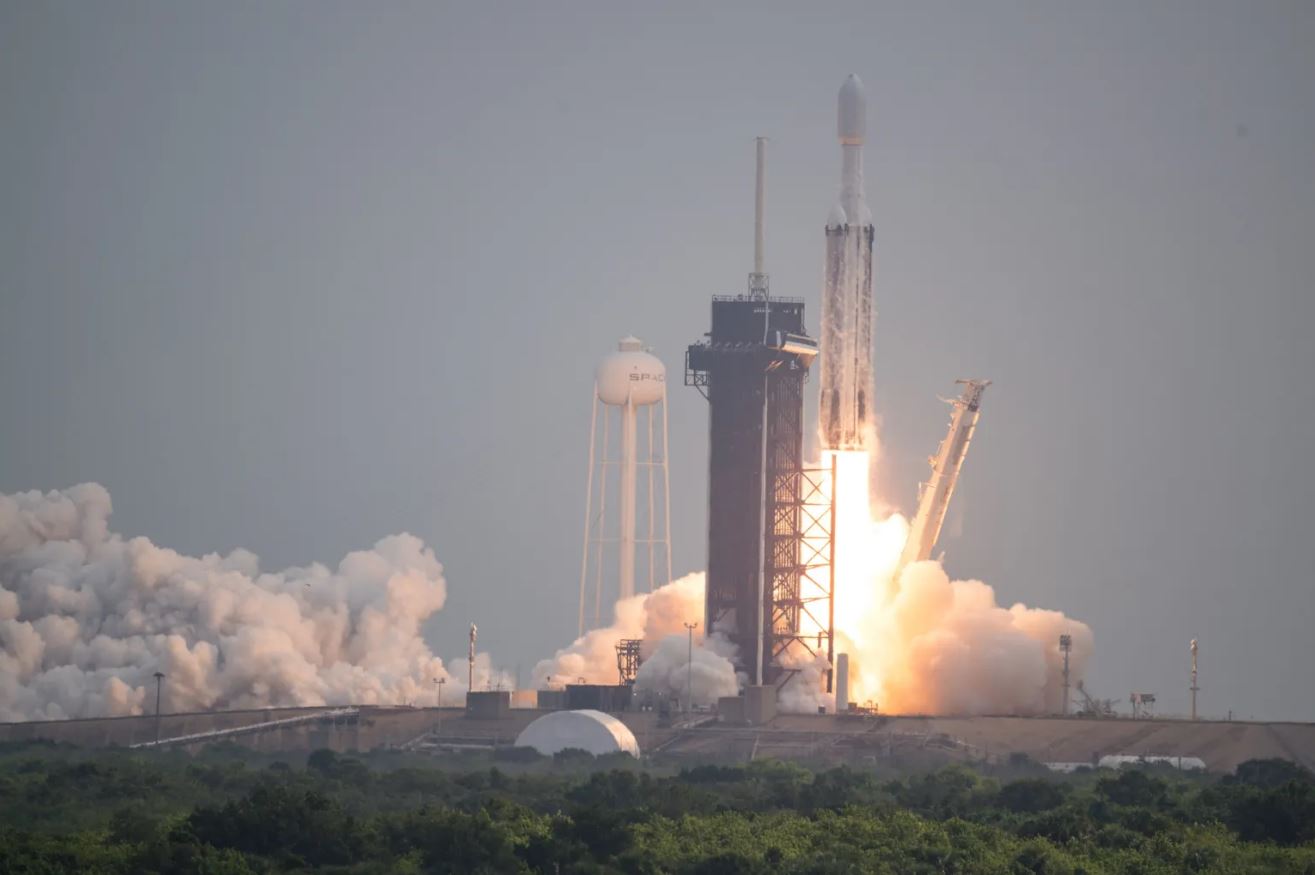
More Planetary Science News from NASA
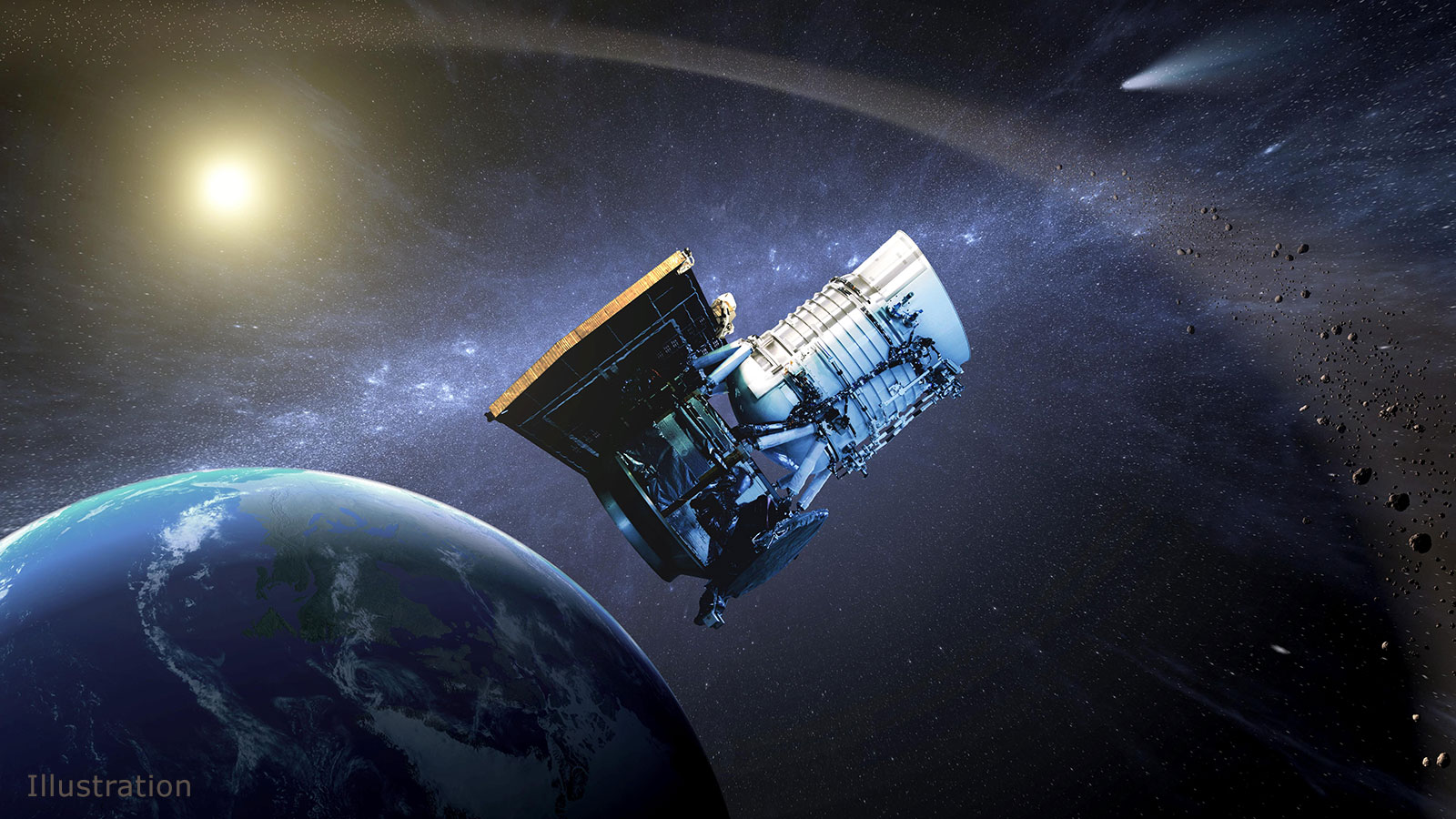
NASA’s NEOWISE Extends Legacy With Decade of Near-Earth Object Data
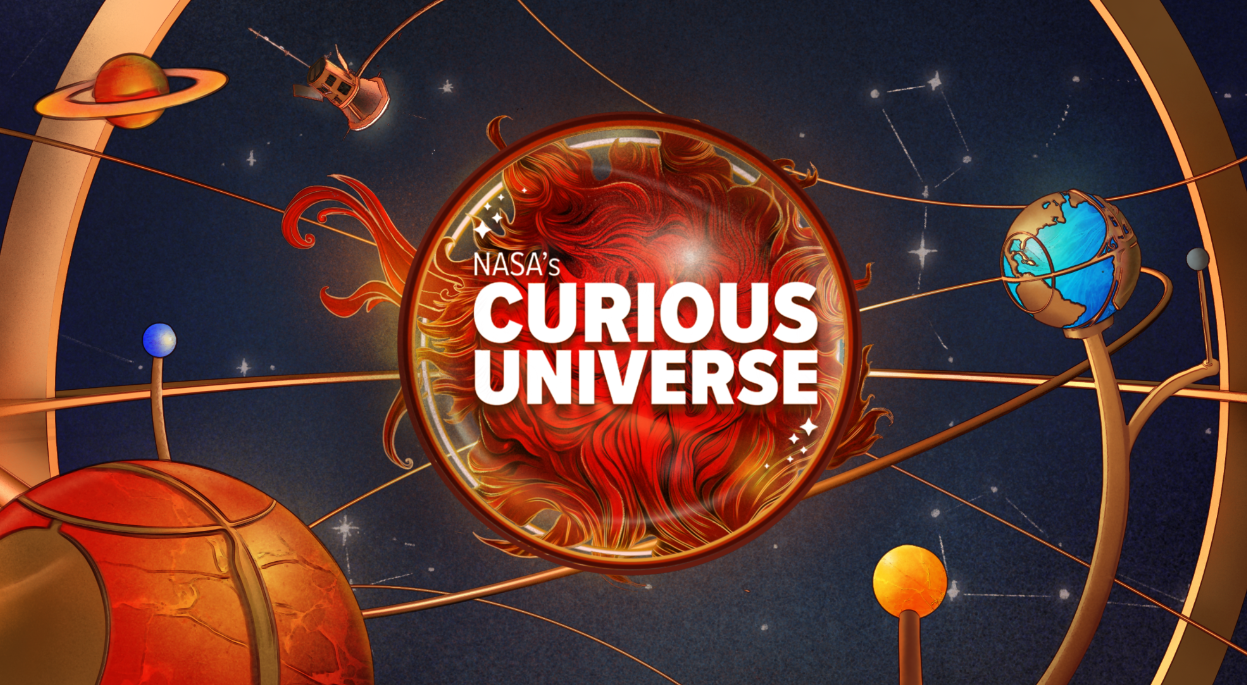
Sun Series: How to Experience a Total Solar Eclipse
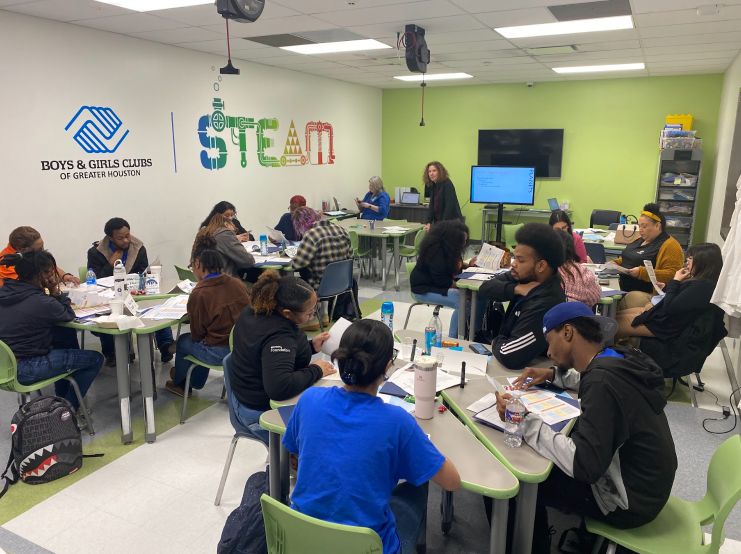
It Takes a Village: Meaningful Collaborations to Broaden Participation in STEM
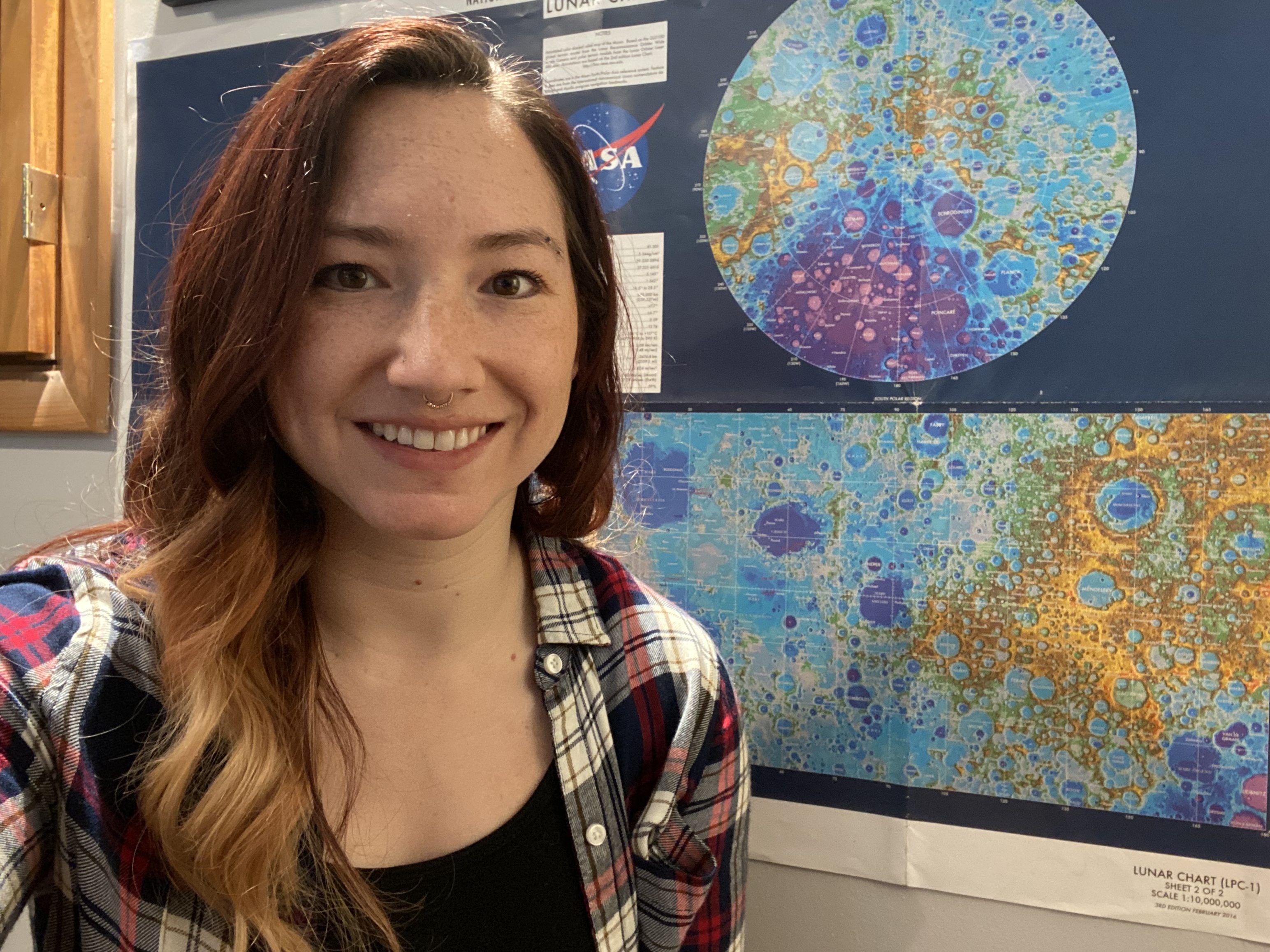
Casey Honniball: Finding Her Space in Lunar Science

